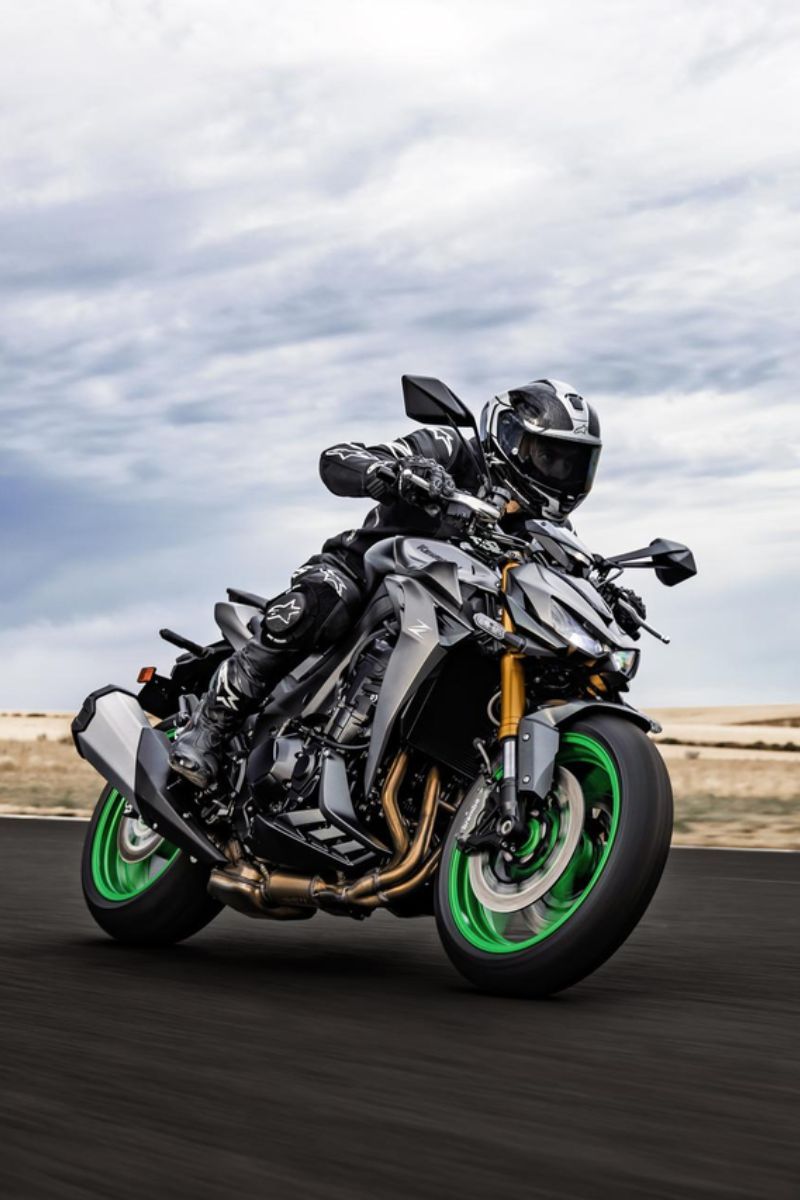While most manufacturers flexed their global EV strategies, a few models stood out for their proximity to India’s reality. Think Maruti’s long-delayed e Vitara, Nissan’s mammoth Patrol, Honda’s minimalist EVs, and a series of retro-inspired motorcycles that prove Japanese design still has soul. Here are the key highlights.
Maruti e Vitara
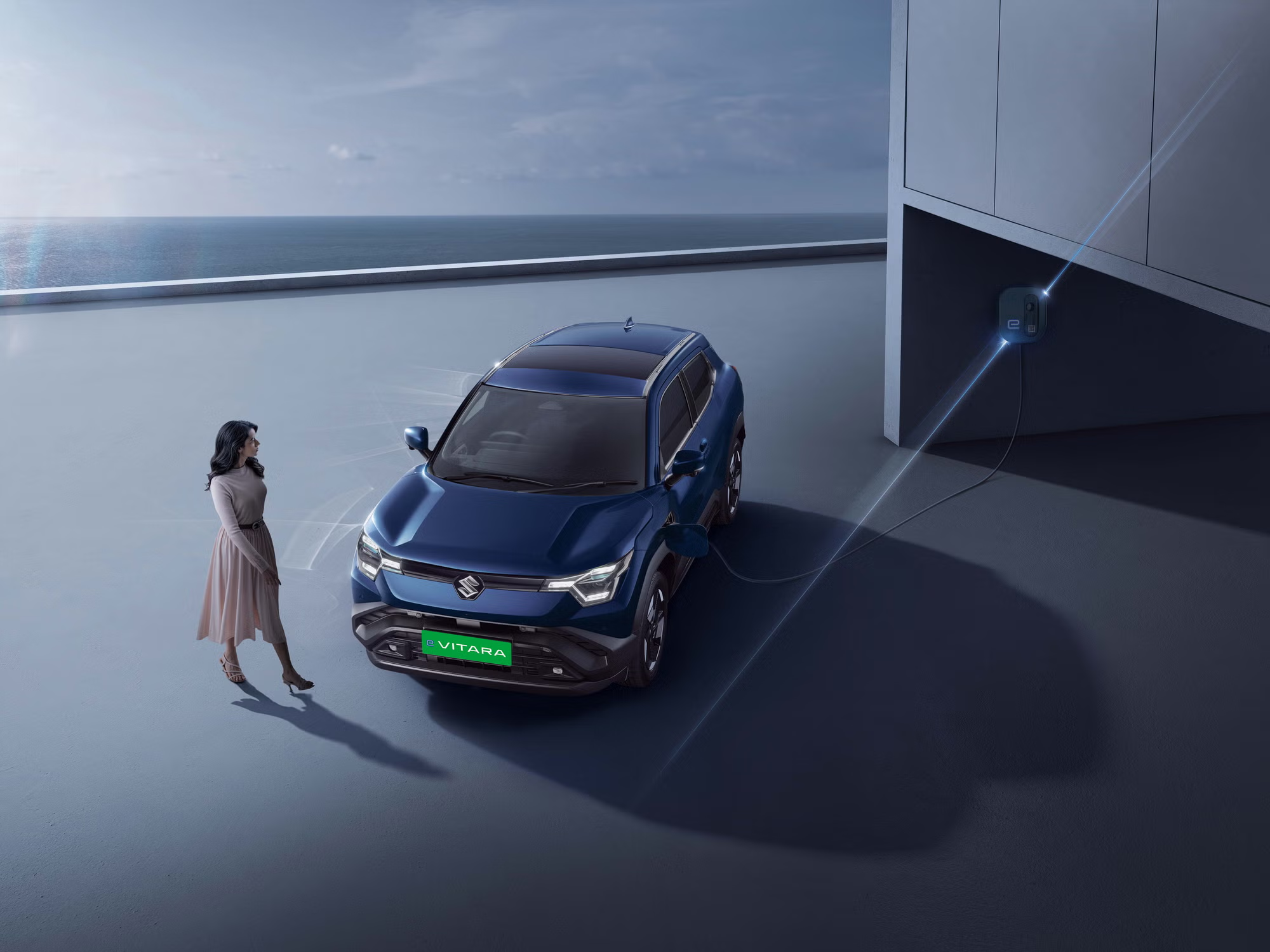
First revealed at the Bharat Mobility Global Expo earlier this year, the Maruti e Vitara is now inching closer to reality. Offered with two battery options and a feature-rich cabin, this electric SUV will mark Maruti’s official entry into India’s EV space. After multiple delays, it’s now expected to arrive by December 2025.
Maruti Jimny Nomade
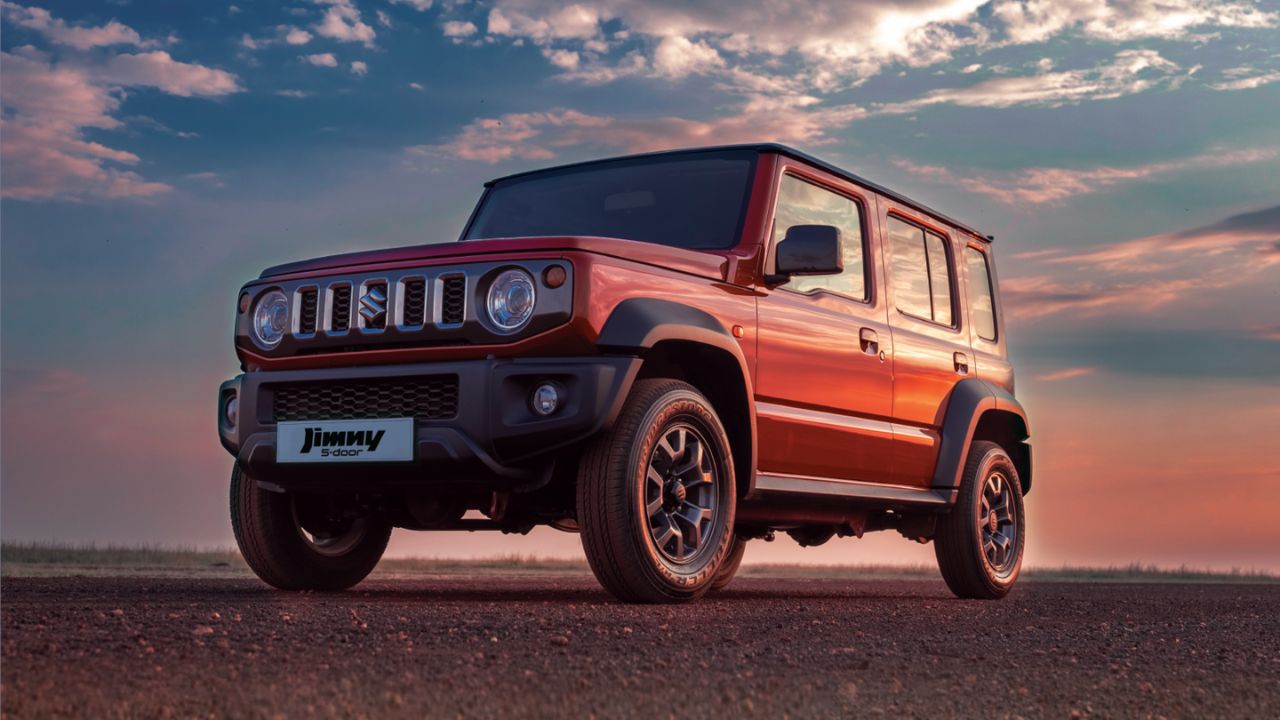
Built and exported from India, the Jimny Nomade made a return appearance in Tokyo. It keeps the familiar 1.5-litre petrol engine but gains upgrades like Level 2 ADAS and heated front seats. The Nomade reinforces Suzuki’s strategy of packaging global ruggedness in compact Indian proportions.
Honda 0 Alpha

Honda’s first true step into the Indian EV market, the 0 Alpha is a compact electric SUV concept that looks close to production. Expected to rival the Hyundai Creta EV and Tata Curvv EV, it’s based on Honda’s new 0 Series platform. The brand says much of the concept’s clean, futuristic design will carry over to production, signalling a fresh start for Honda’s electric era.
Honda 0 SUV
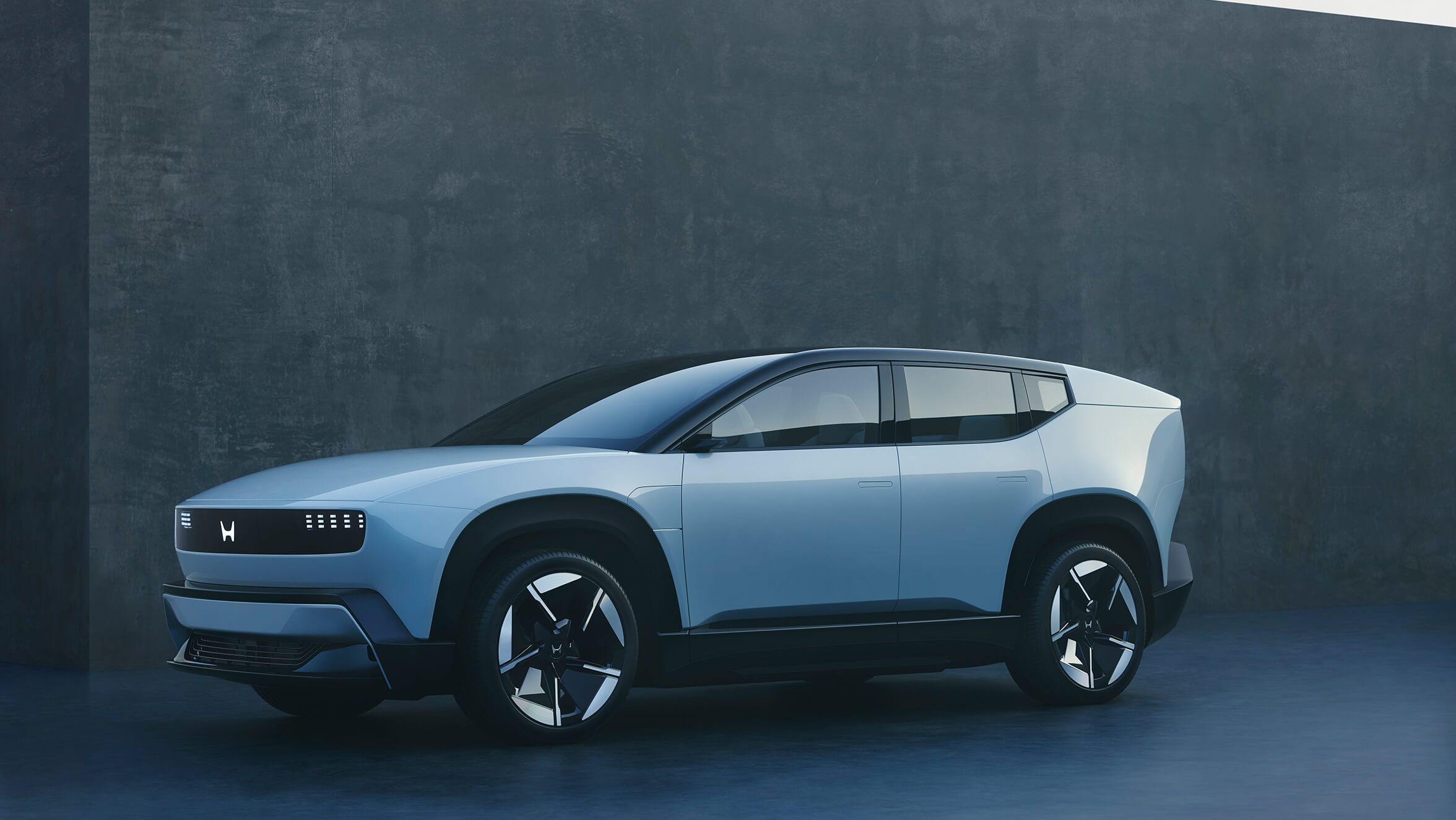
Positioned above the Alpha, the 0 SUV is Honda’s premium electric offering that’s been confirmed for India. It’s designed to compete with the Kia EV6 and Tesla Model Y, and comes equipped with self-driving tech and a minimalist interior that aligns with Honda’s new “thin, light, and wise” design approach.
Maruti Fronx Flex Fuel Variant
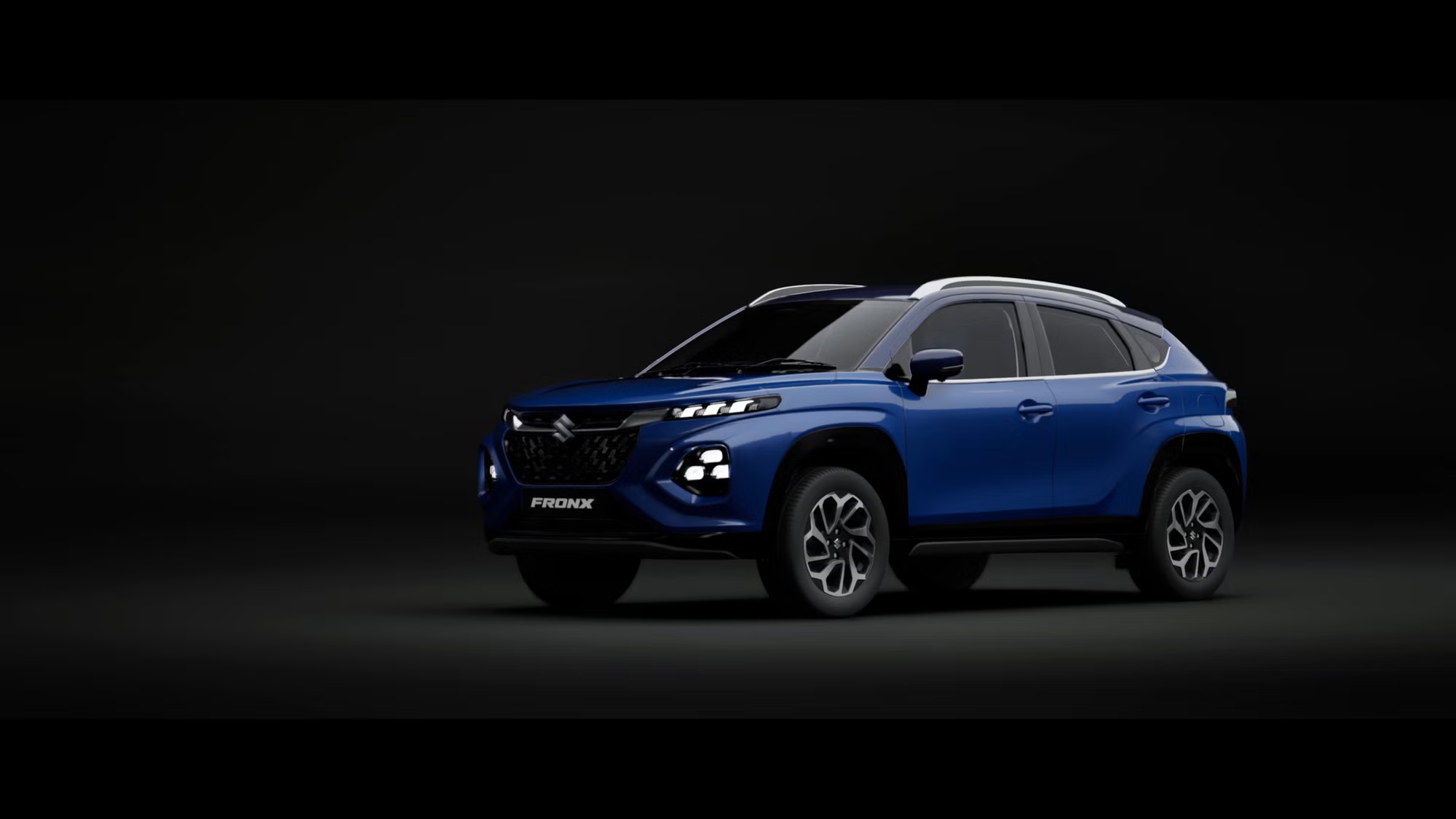
Suzuki’s Fronx Flex Fuel showcased at the show reflects India’s growing ethanol ambitions. It’s engineered to run on up to 85 percent ethanol blend and supports the government’s E20 initiative. The Japanese variant also features subtle interior upgrades that may eventually make their way to the India-spec model.
Toyota Land Cruiser FJ Prototype
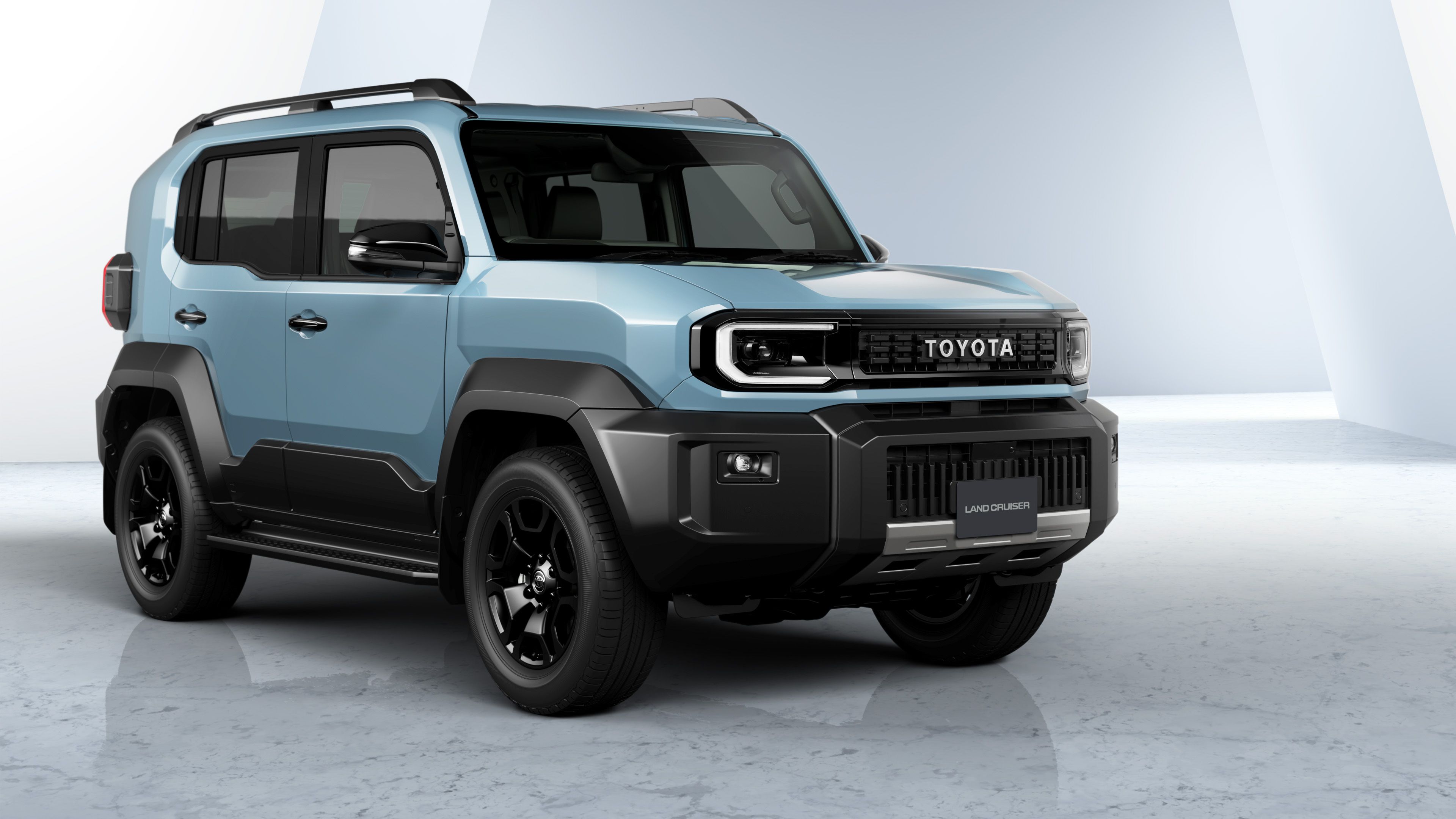
Toyota’s new Land Cruiser FJ Prototype reimagines the badge for a smaller, more approachable audience. Compact yet rugged, it features a squared-off body, boxy styling, and a segmented bumper design for easier repairs. Under the hood sits a 2.7-litre petrol engine with a six-speed electronically controlled automatic gearbox. It also packs Level 2 ADAS and a suite of modern features, proving that practicality can coexist with pedigree.
Nissan Patrol

Nissan’s iconic Patrol made its global debut in a new avatar at the Tokyo Motor Show, reaffirming its legacy as a full-size SUV built for endurance. The latest generation features a redesigned cabin, a more efficient V6 twin-turbo petrol engine replacing the older V8, and advanced 4WD systems suited to both city driving and off-road adventures. While Nissan hasn’t officially confirmed it for India, the Patrol’s growing presence in other right-hand-drive markets makes it a strong contender for a future Indian launch.
Honda CB1000F and CB1000F SE

Honda revisits its CB-F concept from 2020 with the new CB1000F and CB1000F SE. Both bikes channel classic naked styling but are powered by a 998cc in-line four-cylinder engine derived from the CB1000 Hornet. It’s Honda’s nod to riders who like their performance served with a side of nostalgia.
Kawasaki Z1100 SE

Kawasaki expands its super naked lineup with the Z1100 SE, powered by a 1,099cc in-line four producing 136 hp. The model, due for a UK launch in early 2026, is a likely candidate for India’s big bike market. It balances classic proportions with modern aggression, carrying forward Kawasaki’s unmistakable DNA.
Suzuki GSX-8T and GSX-8TT

Suzuki’s neo-retro twins, the GSX-8T and GSX-8TT, borrow from the GSX-8S platform but reinterpret it through two lenses: a roadster and a café racer. Both sport the familiar 800cc twin-cylinder engine and balance retro charm with contemporary performance. They may well be Suzuki’s most viable entries into India’s growing middleweight motorcycle space.
